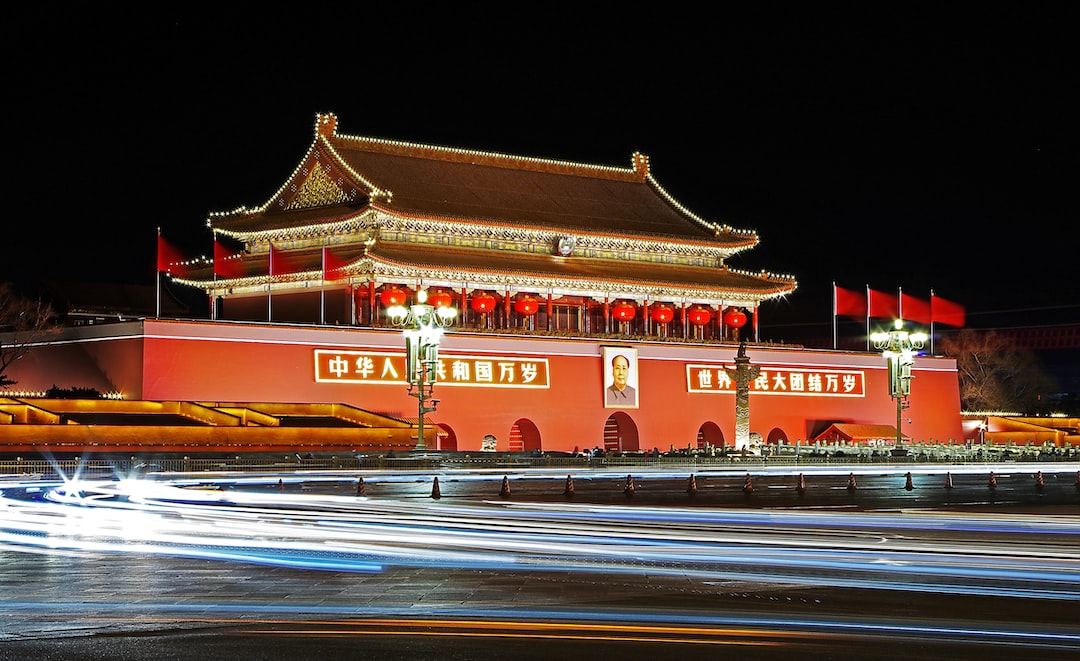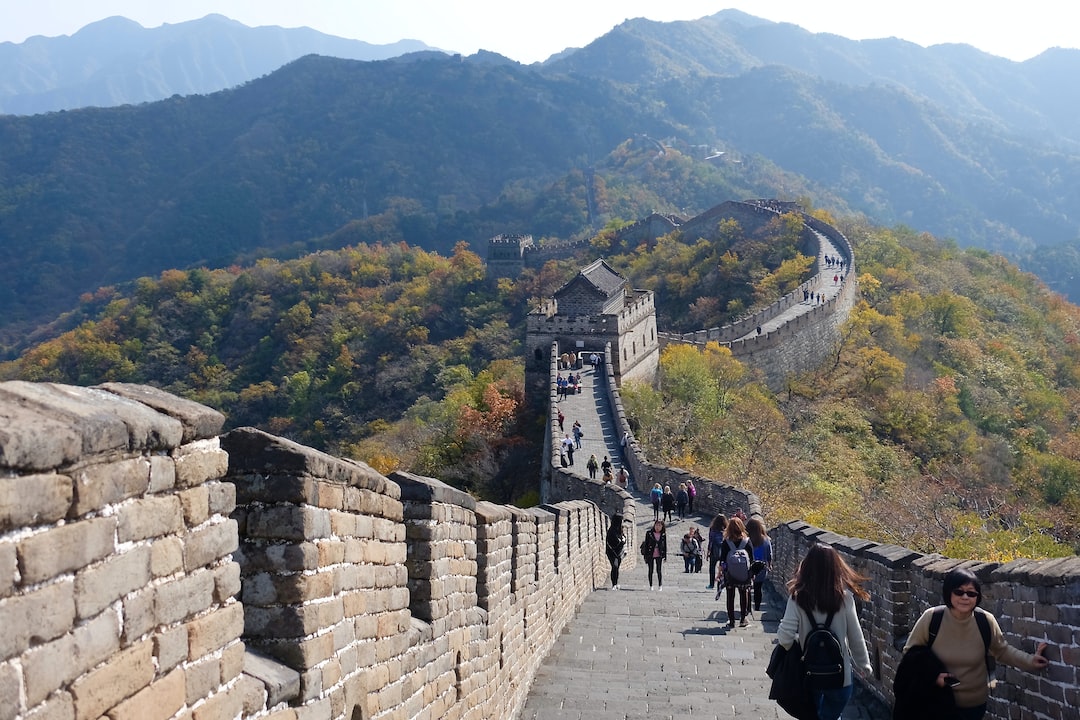White Horse Temple: A Journey Through the Birthplace of Buddhism in China
Nestled approximately 12 kilometers east of Luoyang, the venerable White Horse Temple stands as a testament to the dawn of Buddhism in China. Known as the very first Buddhist temple of the country, it has played a pivotal role in the development of Buddhist culture and is fondly referred to as the "cradle of Chinese Buddhism."
Historical Significance and Visitor Insights
The temple's inception dates back to 68 AD, marking a historical moment when Buddhist scriptures were translated into Chinese, courtesy of the scholarly efforts of two Indian monks. These vital translations laid the groundwork for Buddhism’s proliferation in East Asia. Though modest in size compared to its contemporaries, the White Horse Temple's significance is colossal in the annals of Buddhism. Reconstructed multiple times, with the most recent refurbishment in 1973, it has withstood the vicissitudes of time and history.
As a living monastic site, the temple exudes a spiritual ambiance that is palpable among the worshippers and visitors. Walking through its tranquil courtyards offers a window into enduring traditions, as devotees engage in prayer and incense offerings.
The temple complex houses multiple architectural delights that include not just traditional Chinese designs but also Thai, Burmese, and Indian temples. These structures symbolize the international cooperation and shared heritage within the Buddhist community.
Practical Information for Travelers
Visitors can explore the White Horse Temple daily from 7:30 am to 7:00 pm, for an entrance fee of 35 CNY. Allocate around 1 to 2 hours to fully immerse in the spiritual and architectural splendor of the site.
Connect with the Rich Tapestry of Luoyang's Culture
Exploring Luoyang further, travelers can uncover a wealth of cultural experiences that bring to life the region's storied past and vibrant traditions. Although specific tour references are no longer available, a curated Luoyang adventure can offer deep dives into ancient history, martial arts lineage, and the broader highlights that China's rich landscape provides.



